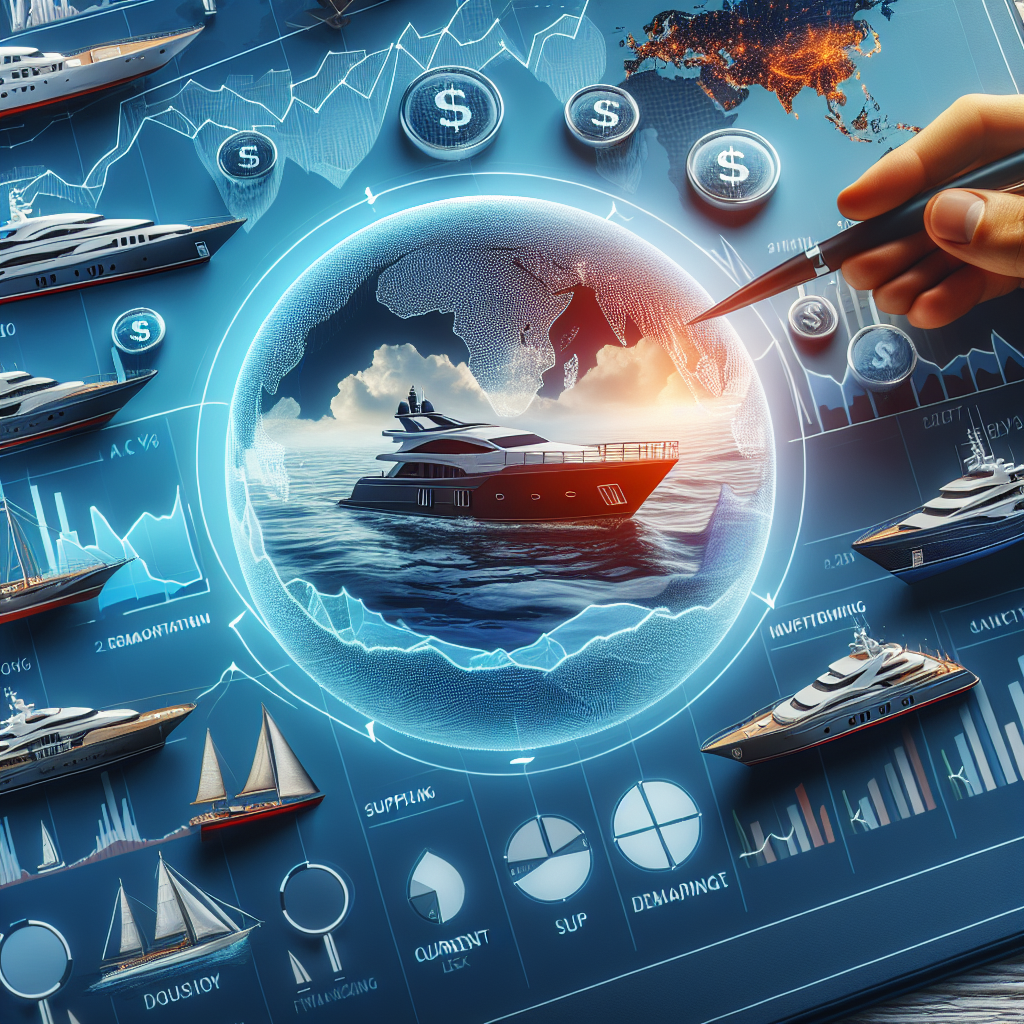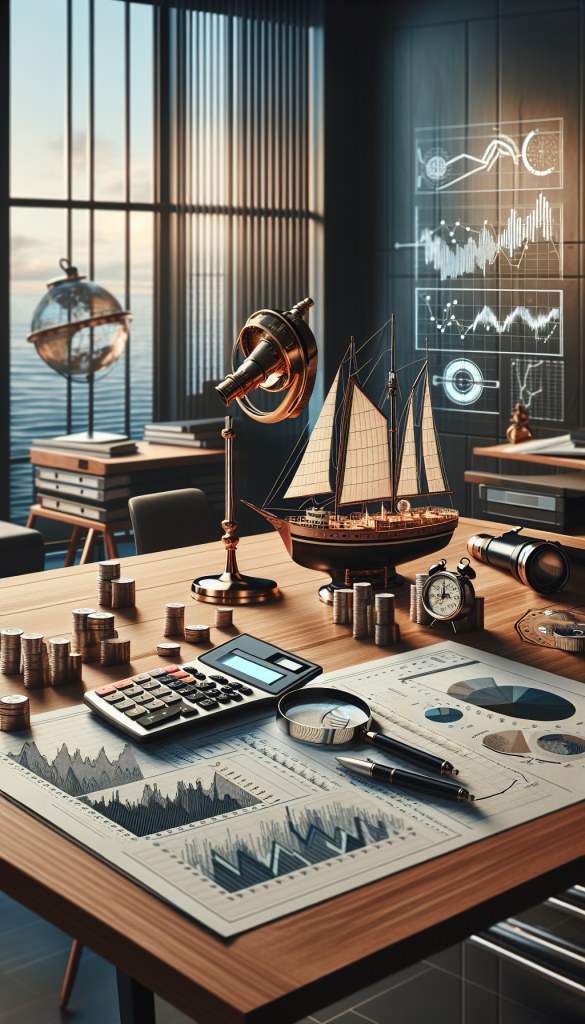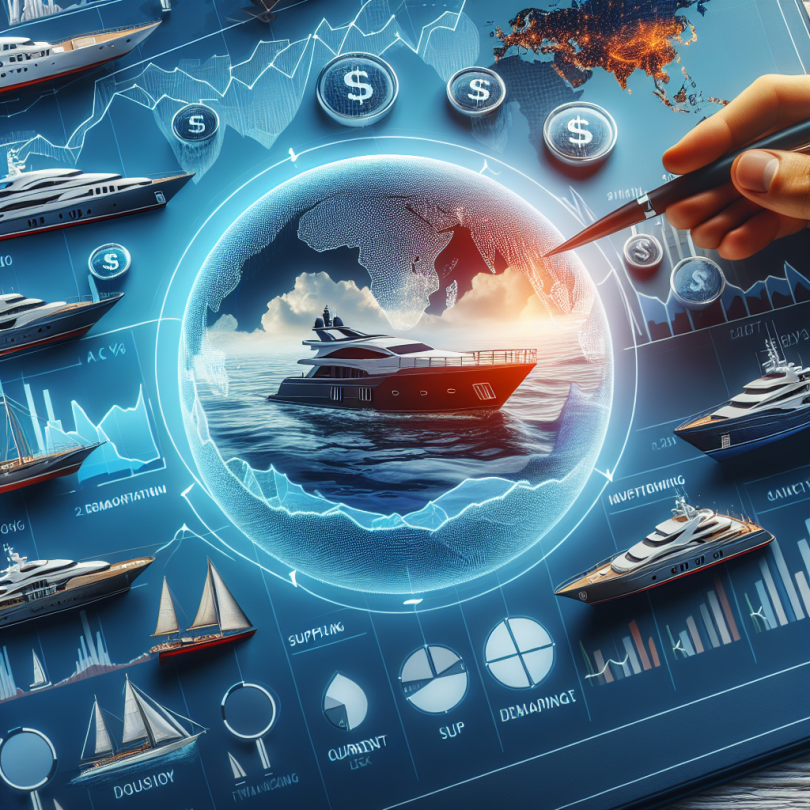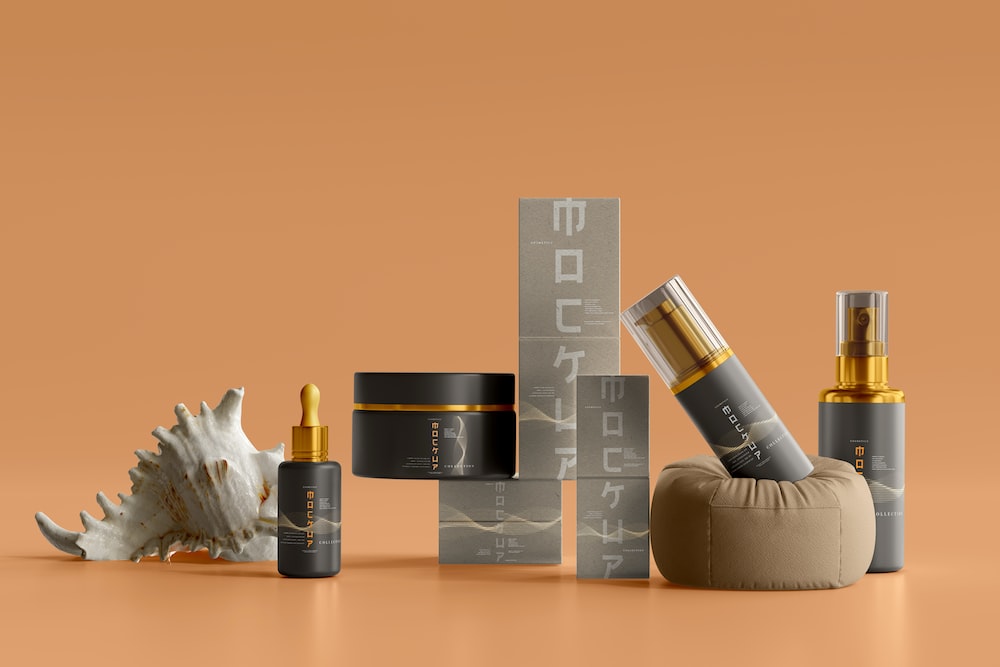The Evolution and Current State of Yacht Design
1. Introduction
Yacht design is a specialized field that combines engineering, aesthetics, and functionality. Over the decades, yacht design has evolved significantly, driven by advancements in technology, changing tastes, and the growing demand for luxury and performance. This article explores the historical evolution, current trends, and future prospects of yacht design.

2. Historical Evolution of Yacht Design
Yacht design has a rich history that dates back to the early 20th century. Initially, yachts were primarily designed for racing and had simple, functional designs. Over time, the focus shifted towards luxury and comfort, leading to more elaborate and sophisticated designs.
Early 20th Century: Yachts were primarily used for racing, and their designs were focused on speed and performance. The materials used were mainly wood and metal, and the designs were relatively simple and functional.
Mid 20th Century: The post-World War II era saw significant advancements in yacht design. The introduction of new materials like fiberglass revolutionized the industry. Yachts became more luxurious, with an increased focus on comfort and aesthetics. The designs became more elaborate, with larger cabins, modern amenities, and advanced navigation systems.
Late 20th Century: The late 20th century marked the advent of superyachts. These were large, luxurious yachts equipped with state-of-the-art technology and lavish interiors. The designs became more diverse, catering to the specific preferences of wealthy clients. The use of advanced materials and innovative design techniques allowed for greater creativity and customization.
3. Current Trends in Yacht Design
Today, yacht design is characterized by a blend of luxury, performance, and sustainability. Modern yachts are equipped with cutting-edge technology, and designers are increasingly focusing on eco-friendly solutions.
Luxury and Comfort: Modern yachts are designed to offer the ultimate in luxury and comfort. They feature spacious interiors, high-end materials, and a wide range of amenities, including swimming pools, spas, and entertainment systems. The emphasis is on creating a home-away-from-home experience for the owners and guests.
Performance: Performance remains a key consideration in yacht design. Advances in hull design, propulsion systems, and materials have led to faster, more efficient yachts. Designers are constantly exploring new ways to enhance performance while maintaining comfort and luxury.
Sustainability: Environmental concerns are increasingly influencing yacht design. Designers are incorporating eco-friendly materials and technologies to reduce the environmental impact of yachts. Solar panels, hybrid propulsion systems, and energy-efficient appliances are becoming more common. The goal is to create yachts that are not only luxurious and high-performing but also environmentally responsible.
Customization: Customization is a major trend in yacht design. Wealthy clients want yachts that reflect their personal tastes and preferences. Designers work closely with clients to create bespoke yachts that are tailored to their specific needs. This has led to a diverse range of yacht designs, each unique in its own way.
4. Future Prospects of Yacht Design
The future of yacht design looks promising, with several exciting trends on the horizon. Advances in technology, materials, and design techniques will continue to drive innovation in the industry.
Smart Yachts: The integration of smart technology is set to revolutionize yacht design. Smart yachts will feature advanced automation systems that allow for greater control and convenience. Owners will be able to control various aspects of the yacht, such as lighting, climate, and entertainment, through their smartphones or tablets.
Sustainable Design: Sustainability will remain a key focus in the future. Designers will continue to explore new ways to reduce the environmental impact of yachts. This will include the use of renewable energy sources, such as wind and solar power, and the development of more efficient propulsion systems.

Innovative Materials: The use of innovative materials will play a crucial role in the future of yacht design. Lightweight, high-strength materials, such as carbon fiber and advanced composites, will allow for more efficient and creative designs. These materials will also enhance the performance and durability of yachts.
Modular Design: Modular design is an emerging trend that offers greater flexibility and customization. Modular yachts feature interchangeable components that can be easily reconfigured to suit different needs. This allows owners to customize their yachts without the need for extensive modifications.
Autonomous Yachts: The development of autonomous yachts is an exciting prospect for the future. Advances in artificial intelligence and robotics will enable yachts to navigate and operate autonomously. This will enhance safety and convenience, allowing owners to enjoy a more relaxed and carefree yachting experience.
5. Conclusion
Yacht design has come a long way since its early days, evolving from simple, functional designs to luxurious, high-performing masterpieces. The current trends in yacht design reflect a blend of luxury, performance, and sustainability, with a strong emphasis on customization. The future of yacht design looks promising, with several exciting trends set to shape the industry. Advances in technology, materials, and design techniques will continue to drive innovation, creating yachts that are not only luxurious and high-performing but also environmentally responsible and smart. As the industry continues to evolve, yacht design will remain a dynamic and exciting field, offering endless possibilities for creativity and innovation.
6. Case Studies in Modern Yacht Design
To better understand the practical application of modern yacht design principles, let’s explore a few case studies:
Case Study 1: The Eco-Friendly Superyacht
A prominent example of sustainable yacht design is the “Aqua,” a hydrogen-powered superyacht designed by Sinot Yacht Architecture & Design. The Aqua is equipped with a state-of-the-art hydrogen propulsion system, which uses liquid hydrogen stored at -253°C in two 28-ton vacuum-sealed tanks. This innovative system emits only water, making it an environmentally friendly alternative to traditional diesel engines. The yacht also features solar panels, energy-efficient systems, and sustainable materials throughout its design. The Aqua demonstrates how cutting-edge technology and eco-conscious design can coexist to create a luxurious, high-performance yacht with minimal environmental impact.
Case Study 2: The Smart Yacht
The “M/Y Home” by Heesen Yachts is a prime example of integrating smart technology into yacht design. This 50-meter yacht features a hybrid propulsion system that allows for both diesel and electric cruising. The smart technology onboard includes an advanced automation system that enables the owner to control lighting, climate, and entertainment systems via a smartphone or tablet. Additionally, the yacht is equipped with a comprehensive monitoring system that provides real-time data on fuel consumption, engine performance, and other critical parameters. The M/Y Home showcases how smart technology can enhance the convenience, efficiency, and enjoyment of modern yachting.
Case Study 3: The Custom-Built Luxury Yacht
The “Lady S” by Feadship is a custom-built superyacht that exemplifies the trend towards personalization in yacht design. Measuring 93 meters in length, Lady S was designed to meet the specific needs and preferences of its owner. The yacht features a two-level IMAX theater, a fully certified helipad, and luxurious interiors designed by Reymond Langton Design. The exterior design, by Michael Leach Design, includes sleek lines and a modern aesthetic. Lady S demonstrates how bespoke design can create a unique and highly personalized yachting experience, tailored to the owner’s lifestyle and tastes.
7. Challenges in Yacht Design
While the future of yacht design is promising, the industry faces several challenges that need to be addressed:
Environmental Regulations: As environmental regulations become more stringent, yacht designers must find innovative ways to comply with these standards without compromising on performance and luxury. This requires continuous research and development in sustainable materials and technologies.
Cost: The cost of building and maintaining a modern yacht can be prohibitively high. Designers must balance the desire for luxury and advanced technology with the need to keep costs manageable for potential buyers.
Technological Integration: Integrating advanced technology into yacht design presents its own set of challenges. Ensuring that these technologies are reliable, user-friendly, and seamlessly integrated into the yacht’s systems is crucial for enhancing the overall yachting experience.
Market Demand: The yacht market is subject to fluctuations in demand based on economic conditions and changing consumer preferences. Designers must stay attuned to these trends and be flexible in adapting their designs to meet the evolving needs of the market.
8. Conclusion
Yacht design is a dynamic and evolving field that combines engineering, aesthetics, and functionality to create luxurious and high-performing vessels. The historical evolution of yacht design has been marked by significant advancements in materials, technology, and design techniques. Today, the industry is characterized by a focus on luxury, performance, sustainability, and customization.
Looking ahead, the future of yacht design holds exciting prospects with the integration of smart technology, sustainable practices, innovative materials, modular designs, and the potential for autonomous yachts. However, the industry must also navigate challenges related to environmental regulations, cost, technological integration, and market demand.
Ultimately, the continued innovation and creativity in yacht design will ensure that yachts remain a symbol of luxury and sophistication, offering unparalleled experiences on the water. As designers push the boundaries of what is possible, the future of yacht design promises to be both thrilling and transformative.






